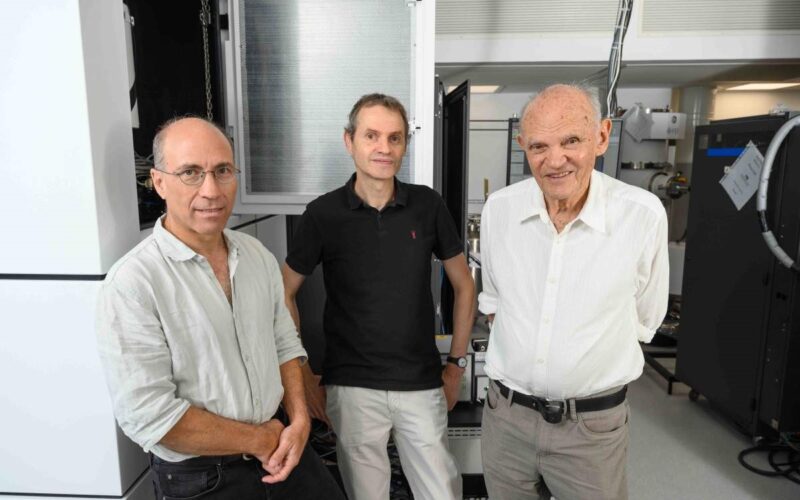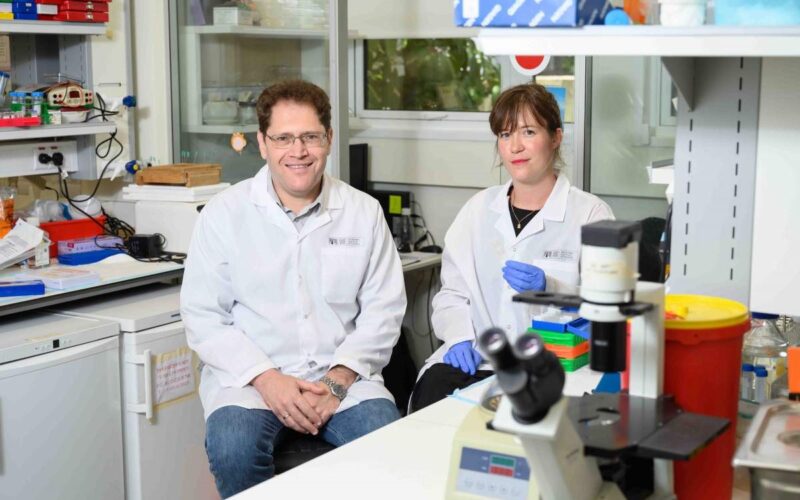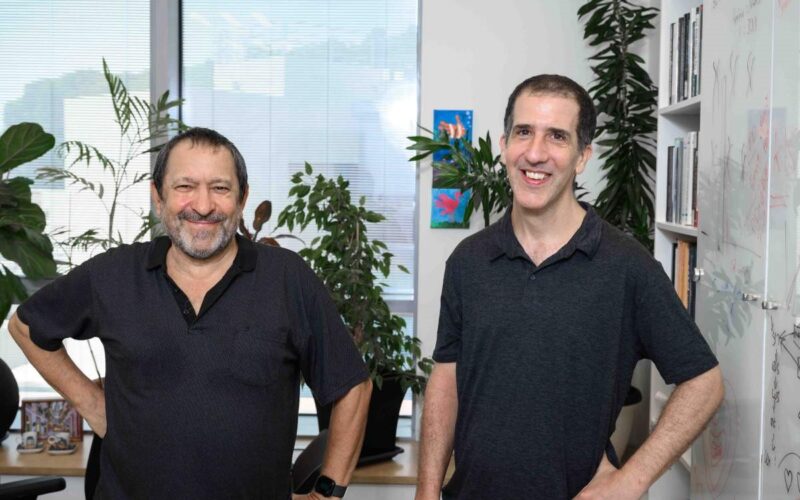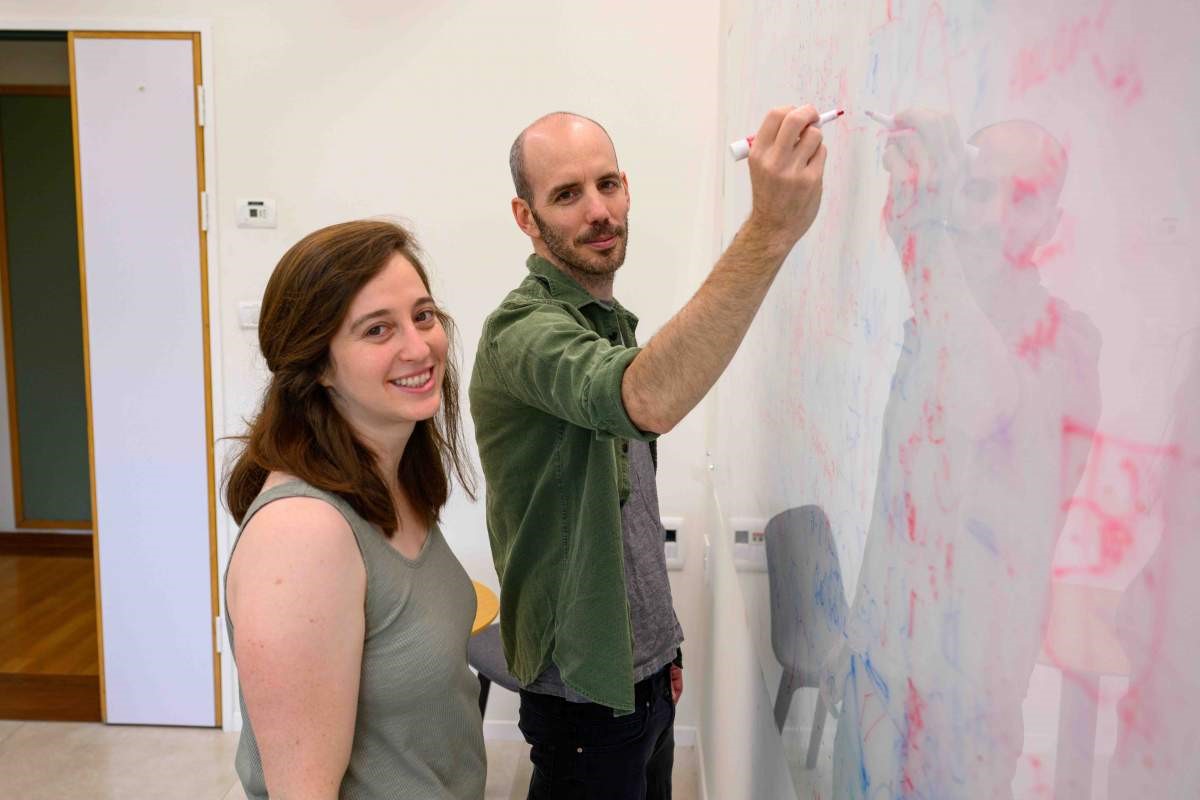
September 23, 2024
How are humans affecting the Northern Hemisphere’s wind patterns? A new Weizmann Institute of Science study shows how.
The summer of 2024 was the hottest on record and was unfortunately no surprise. Summers have been getting hotter and drier around the world, including in the Northern Hemisphere, leading to intense droughts and heatwaves in North America and Europe and posing serious risks to society such as wildfires, crop failures and health hazards.
Part of the problem is that the Earth’s air circulation systems, which help spread and disperse moisture and heat throughout the world, have been weakening over the years. However, the exact reasons for this weakening have eluded researchers.
Now, in two studies led by Weizmann’s Dr Rei Chemke, researchers have managed to crack this mystery: Human activity is what has been making the air circulation systems weaker.
Both studies focused on the wind patterns that together act as a vital network through which wind-borne heat and moisture flow throughout the world. Forming a major part of this network are storm tracks, high-pressure and low-pressure weather systems that flow from west to east. Cumulatively, these storms have a significant impact on the transfer of heat, moisture and air flow momentum within the atmosphere, which in turn affects the various climate zones on Earth. The second part is the Hadley circulation, in which warm air gathers at the equator and flows toward the poles, descending to the surface in the subtropics and heading back to the equator, continuing the cycle.
While both the storm tracks and the Hadley circulation have been weakening since at least 1980, only the Hadley circulation’s weakening had been linked to human-induced emissions.
Weaker storms, more heat
In a study conducted with Professor Dim Coumou of Amsterdam’s Institute for Environmental Studies (Vrije Universiteit Amsterdam), Chemke showed for the first time that the weakening of storm tracks is due to manmade emissions of greenhouse gasses, such as CO2, and aerosols.
“These emissions warm the air more at the high latitudes than at the low latitudes,” said Chemke.
As a result, the temperature gap between northern and southern latitudes – which drives these storm tracks in the first place – has become smaller, and this reduction has led to a weakening of the storm tracks.
To reach this conclusion, the scientists analysed massive amounts of climate data from both observation and advanced climate models. Only when historical emissions were included in the calculations of the climate models could the observed weakening be explained. These findings were published in npj Climate and Atmospheric Science.
“The storms in summertime play an important role in bringing cool air from the ocean to the land,” Chemke said.
“If you reduce the intensity of these storms, you bring in less of this cool air. This leads to a buildup of warm temperatures on the continent, which can lead to increasingly extreme heat events.”
The Hadley effect
Manmade emissions are also affecting the Hadley circulation in a historically unprecedented manner: Compared to the impact of natural factors in the past, their effect is greater in magnitude and works in the opposite direction, that is, weakening this circulation rather than strengthening it. This is the conclusion of the second study, published in Nature Communications, which Chemke, who works in Weizmann’s Earth and Planetary Sciences Department, conducted with his student Or Hess.
“We don’t have wind records from the last millennium, so we can’t just look at past wind patterns and compare them to current ones, but there is a good reconstruction of factors that drive the climate systems,” Chemke said.
“These factors are used to simulate the climate of the past in models that encapsulate all the physics, biology and chemistry of the climate system.”
Using these model simulations, Chemke and Hess were able to investigate how natural factors, such as volcanic eruptions and solar fluxes, modified the Hadley circulation in past centuries. They found that these natural factors acted to strengthen the Hadley circulation over the past millennium – in sharp contrast to the current, ongoing weakening of this circulation. These results suggest that manmade emissions have reversed a naturally-induced strengthening of the flow.
“In the previous millennium, natural factors were dominant, whereas now, manmade emissions play a more dominant role,” Hess said.
“In the past, we had a cooling climate that acted to strengthen the Hadley circulation. Today, we have a warming climate that acts to weaken this circulation.”
Natural forces deserve our attention
Climate scientists tend to mainly look at the impact of human activity on the climate, whereas natural factors often go overlooked. The new findings show how important these natural factors were and still are. The conclusion is that scientists must better account for them in climate models.
“Our research field mainly deals with manmade emissions and warming climates. Less attention is given to the impact of natural factors such as volcanic eruptions, solar fluctuations or natural sources of greenhouse gasses,” Chemke noted.
“Yet we found that natural factors can have a major effect on climate, although smaller in magnitude relative to the impact of manmade emissions. In particular, they seem to affect the Hadley circulation in a way that’s opposite to that of human activity. This was really surprising for us, and it’s something that should be taken into consideration.”
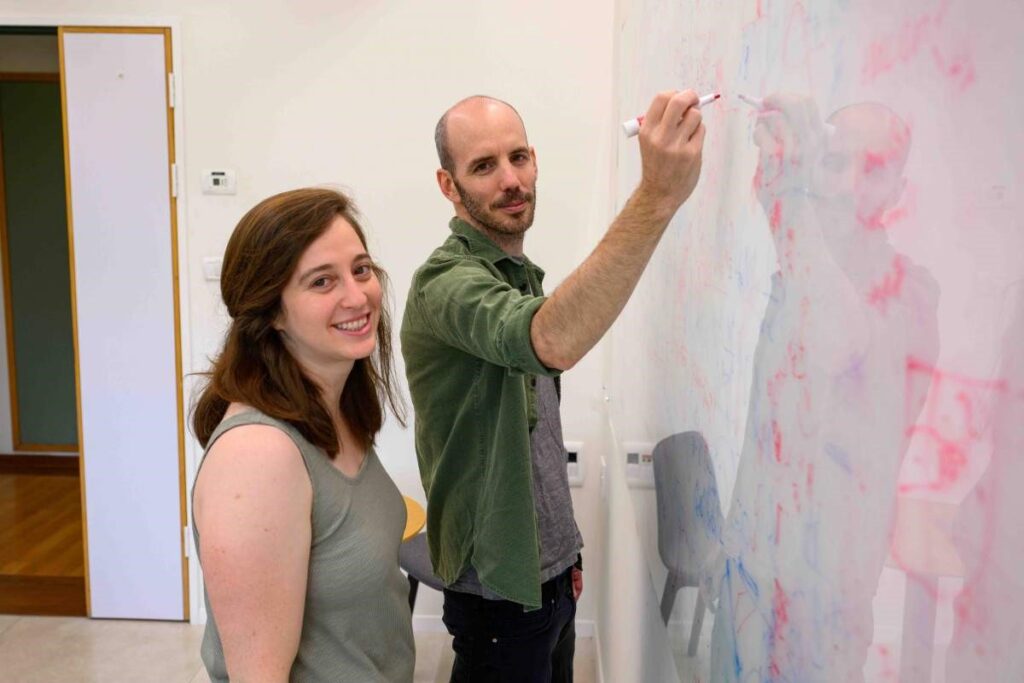
(l-r) Or Hess and Dr Rei Chemke

Summer storms in the Northern Hemisphere (Photo: NASA)
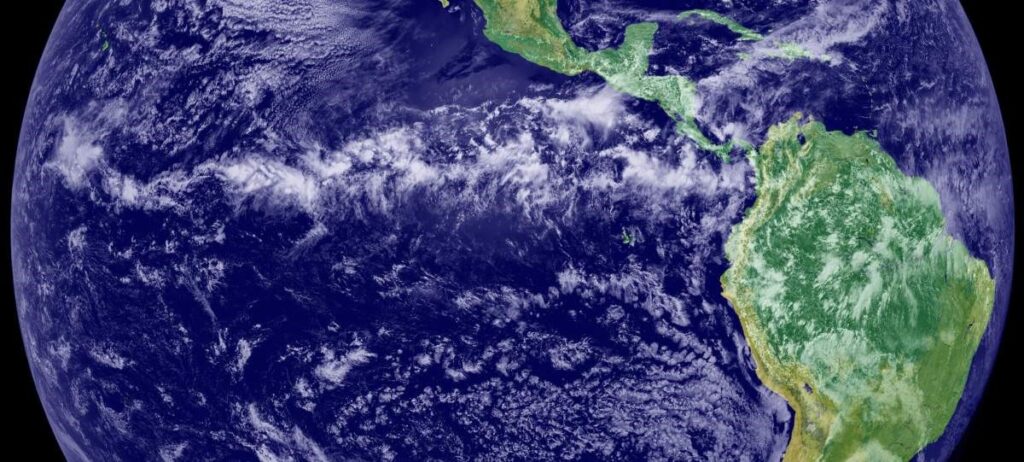
A band of clouds above the equator, created by the rise of air within the Hadley cell and responsible for heavy rainfall in this region




